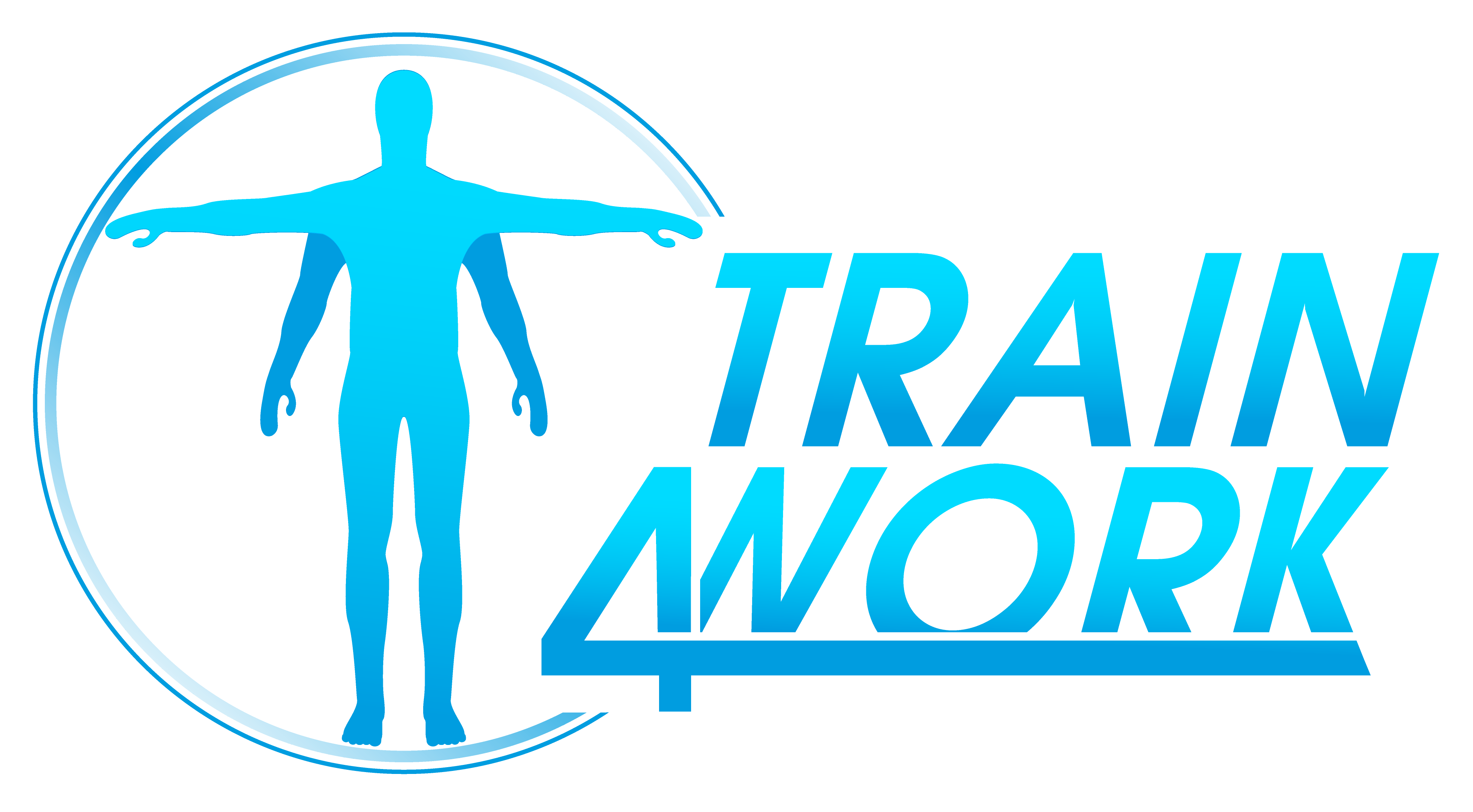Occupational Diseases in the EU - The system(s) and their role / Way forward

Many workers are suffering from MSD as still shown by the last European Working Condition Survey (EWCS) of 2010 (Eurofound): nearly one in two are suffering of low back pain, four in ten of muscular pain in upper limbs and one in three in lower limbs. MSD affect workers in all sectors, men and women and are increasing with age. This EWCS 2010 shows that a lot of work constraints are existing with a high percentage of workers exposed to these constraints, and especially to biomechanical factors.
Even if it is difficult for each enterprise to evaluate costs of MSD, these costs are often very high and can be divided in direct cost (absenteeism, loss of productivity and/or of quality, increasing of the workload for the colleagues not yet suffering of a MSD…) and indirect costs (loss of knowledge, of skills, turn-over…) which can be estimated to 2 to 3 times the direct costs. For example, a report on absenteeism in Belgium evaluates the cost of one absence day to 924€. This report shows that the absenteeism is increasing more and more each year, with on average 6 days of absence per worker and per day for a total annual cost in Belgium estimated to 10.8 Billion €.
The costs for the society are also very high and increasing: health care, disabled people, occupational diseases compensation…Examples taken in France, in Belgium and in Netherlands show the main part taken by MSD in occupational diseases. From the EU-OSHA report 2010, MSD represented nearly 40% of occupational diseases in Europe in 2005.
To help people and
especially the enterprises to realize this incredible burden of MSD
linked to the working conditions, we need a specific legislation to
give more visibility to MSD. But more essentially we need an European
OSH strategy to prevent MSD for the workers not yet affected, to
allow workers already suffering of MSD to stay longer at work but
also to help people to come back to work after a long absence due to
MSD. An ergonomic approach of the prevention ie a global approach of
all the risk factors, with the workers’ participation to better
adapt the working conditions seems the only solution to get an
effective MSD prevention.






